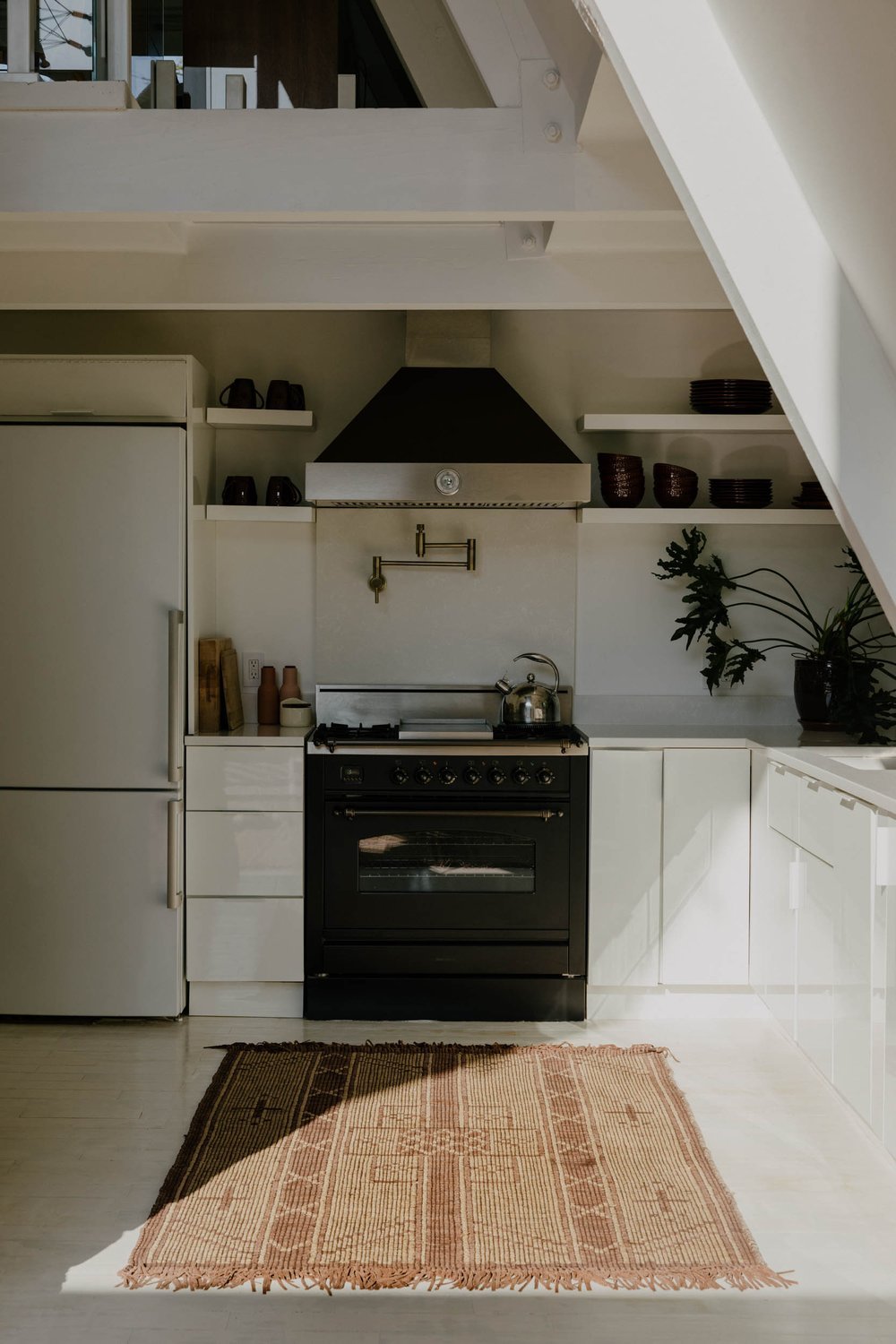In today’s world, living sustainably has become increasingly important. Along with following best practices of reducing waste, reusing, and recycling whenever possible, there are changes you can make to your home to reflect a green lifestyle.
Renovating an existing home is more eco-friendly than a new construction project. The problem is that home renovations have negative side effects on the environment too. The EPA has reported that residential renovations produce over 20 pounds of waste per square foot on average (Apartment Therapy).
That’s why in this post, we’ll explore strategies for renovating sustainably to make your home beautiful and comfortable, while also minimizing your carbon footprint.

Why Renovate Sustainably?
Renovating sustainably isn’t just about following a trend; it’s about making a difference for both your home and the environment. By choosing sustainable renovation practices, you’re not only reducing your environmental impact but also creating healthier living spaces. Sustainable renovations offer many benefits, including:
Environmental Impact: Conventional renovation methods frequently harm the environment by depleting resources, causing pollution, and generating waste. Opting for sustainable materials and practices can substantially diminish your project’s environmental footprint.
Health and Well-being: Many conventional building materials contain harmful chemicals and toxins that can adversely affect indoor air quality and occupant health. Sustainable materials, on the other hand, are free from harmful VOCs (volatile organic compounds) and promote better indoor air quality, leading to a healthier living environment.
Long-Term Savings: Although sustainable renovations need an initial investment, they often result in major long-term savings. Energy-efficient upgrades, water conservation measures, and durable materials help lower utility bills and reduce maintenance costs over time, offering a favorable return on investment.
How to Renovate Your Home Sustainability
Evaluate Your Needs and Goals
Before starting your renovation project, it’s essential to take stock of your needs and establish clear goals. Are you looking to increase functionality, improve energy efficiency, add to the resale value of your home, or simply update aesthetics? By outlining your objectives at the outset, your renovation efforts will align with your values and priorities.
Select Sustainable Materials
Choosing eco-friendly building materials is a cornerstone of sustainable renovation. Opt for materials that are natural, recycled, reclaimed, or produced with sustainable manufacturing methods whenever possible.
The factors that affect a product’s impact on the environment are:
- Recyclability: This pertains to materials that can be recycled after use, reducing the need for new raw materials and minimizing waste.
- Responsible Manufacturing: This involves production processes that prioritize sustainability, such as minimizing energy and water usage, reducing emissions, and ensuring ethical labor practices.
- Transportation: Products that need to be transported across large distances contribute to CO2 emissions. Opting for locally sourced materials whenever possible can help minimize this impact.
- Life Cycle: Investing in products designed for longevity reduces environmental impact throughout their lifespan by minimizing the need for frequent replacement. Investing in durable, high-quality items can effectively decrease waste and resource usage in the long term.
For example, natural stone is a beautiful sustainable option for countertops. It’s a product from the earth that’s naturally created. The only downside is if it’s sourced from far away because it’s heavy and costly to transport. Great eco-friendly counter brands include Consentino and Ceasarstone, both carry a wide range of gorgeous products all produced sustainably. For eco-friendly flooring consider hardwoods, reclaimed wood, and stone tile.
Additionally, prioritize products and materials with zero to low VOC emissions for better indoor air quality.

Buy Local
When sourcing materials for your renovation project, prioritize locally sourced products. Buying from local businesses not only supports your community but also reduces the harmful environmental effects associated with transportation and distribution. Look for suppliers and artisans in your area who offer sustainable and eco-friendly options, like locally harvested wood, reclaimed materials, and handmade fixtures.
Invest in Energy Saving Upgrades
Installing energy-efficient appliances and lighting fixtures can significantly reduce your home’s energy consumption. Did you know that LEED-certified homes use 20–30% less energy? (Energy.gov)
To ensure your home is optimized for efficiency, think about replacing older appliances with ENERGY STAR certified models and swap incandescent bulbs for LED alternatives.
Check if your insulation needs to be updated and replace older siding, windows, and doors with energy-efficient options. Research renewable energy options like solar panels which can increase your home’s energy efficiency.
Take Water Conservation Measures
Water conservation is another crucial aspect of sustainable renovation. The average American home uses 82 gallons of water a day (EPA).
To conserve water, buy WaterSense products and incorporate low-flow fixtures and toilets to reduce water consumption while maintaining good performance. Additionally, consider implementing rainwater harvesting systems to decrease dependence on municipal water sources and conserve resources simultaneously.
Implement Waste Reduction Strategies
Minimizing construction waste is essential for sustainable renovation. Instead of traditional demolition, opt for deconstruction to salvage reusable materials. Donate, repurpose, or recycle materials to divert waste from landfills.
Also, think about what you can reuse or repurpose. For example, perhaps your kitchen cabinetry is in good shape, but you’d like to update the aesthetic. Replacing the doors, and drawers and updating the hardware is an easy way to feel like you have new cabinets without fully overhauling them. This approach is a double win, saving resources and money.

Indoor Air Quality Considerations
Maintaining good indoor air quality is vital for a healthy living environment. Proper ventilation design, natural and non-toxic materials, and regular HVAC maintenance all contribute to cleaner air inside your home. Incorporating indoor plants can also help purify the air while adding beauty and greenery to your space.
Incorporate Green Design Principles
Integrating green design principles into your renovation can further enhance sustainability. Maximize natural light through careful window placement and skylights, to reduce your use of artificial lighting. Passive heating and cooling techniques, such as thermal mass and natural ventilation, can also help regulate indoor temperatures efficiently.
Budget for Sustainability
While sustainable renovation may require an initial investment, the long-term advantages often outweigh the costs. Consider the potential savings in energy bills and maintenance expenses over time. Explore available incentives and rebates for sustainable upgrades to offset upfront expenses and make eco-friendly choices more financially feasible.
Hire Professionals Who Specialize in Sustainability
Sustainable renovation offers a path towards creating healthier, more environmentally conscious living spaces. When undertaking a sustainable renovation project, it’s essential to collaborate with professionals who specialize in sustainability. With their expertise, you can navigate the complexities of sustainable design and construction, ensuring that your renovation goals are met with the utmost environmental responsibility.
For expert guidance and assistance with your sustainable renovation journey, don’t hesitate to reach out! AHG Interiors is a full-service interior design firm that specializes in creating beautiful and sustainable luxury homes. Together, we can transform your space into a beautiful eco-friendly oasis.


